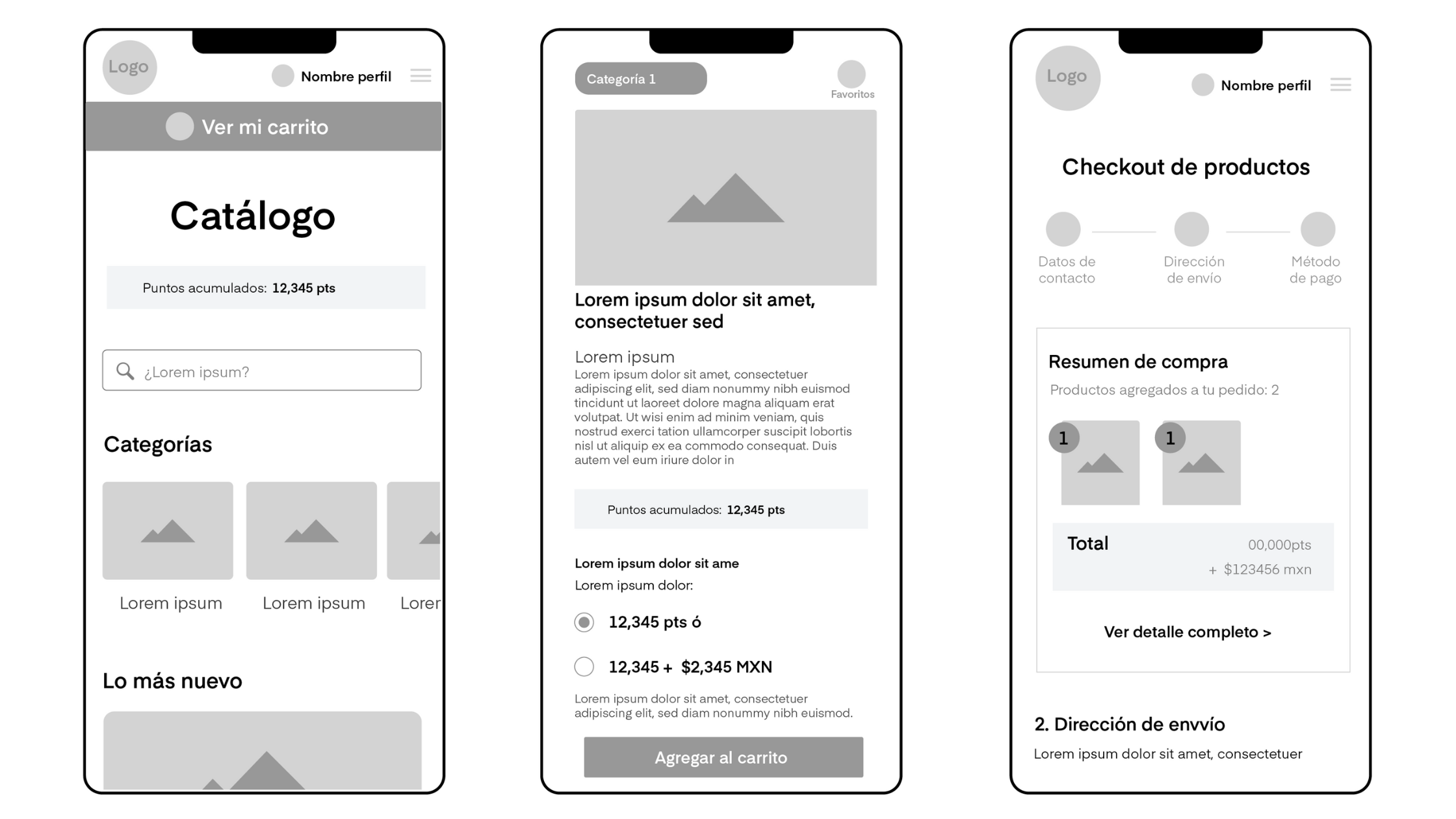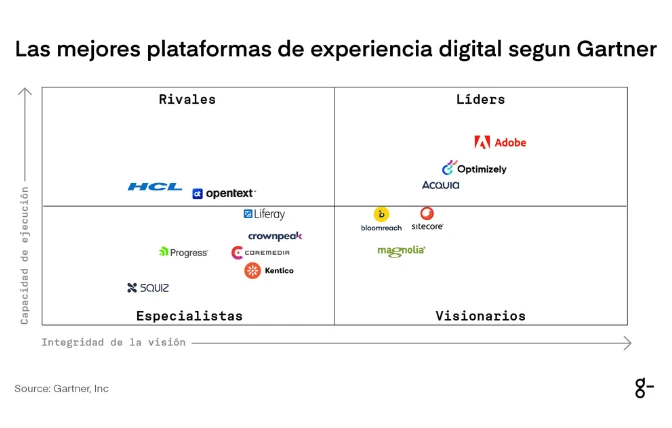What is UX/UI design and what are its advantages?

UX/UI design is the discipline of creating digital products that are simple, intuitive, efficient, and visually appealing to the end user.
UX stands for User Experience, while UI stands for user interface.
Both elements are crucial to product development and work closely together. Although they are highly related, they are not the same and work on different aspects. That is why UX and UI design should be analyzed separately.
Let's start by defining what UX design is.
What is UX Design?
UX Design is a way of designing products that prioritizes the human being. Donald Norman is credited with coining the term "user experience" in the late 90s. The user experience encompasses all aspects of the end user's interaction with the company, its services, and its products.
Norman believed that regardless of the medium, UX Design covers all interactions between a potential customer and a company. It is commonly thought that UX Design can only be used in digital products such as websites or mobile applications. However, it is a discipline that can be applied to both online and offline services or products.
Whether the user is going to the grocery store to do the shopping or booking a hotel room from an app, both can apply UX Design. However, the tech industry has adopted the name and made it practically its own. For this reason, whenever UX Design is mentioned, it is exclusively thought of in digital applications.
The user experience is determined by how easy or difficult it is to interact with a product or service. UX Design seeks to answer the following questions:
Is the experience easy and intuitive or difficult and confusing?
What parts of the process are very complex and could be simplified?
Is enough information being delivered to the user to make decisions in their process?
Is it "natural" to navigate the application or definitely not?
Does interacting with the application give people the feeling that they are efficiently achieving desired tasks or does it feel like a struggle?
UX thinks about how the experience makes the user feel.

UX Design in a nutshell
Here's what you need to know about UX design in a nutshell:
User experience design is, in theory, a non-digital practice (cognitive science), but predominantly defined and used by the digital industry.
It's the process of developing and improving the quality of interaction between a user and all interactions with a company.
It focuses on the overall feel of the experience.
The ultimate goal of UX design is to create pleasant, easy, efficient, relevant, and complete experiences for the user.
Now that we understand what UX design is, we can define what UI design is.
What is UI design?
UI design refers to user interface design, that is, the graphic design of an application.
It consists of the buttons that users click on, the text they read, the images, the slider controls, the text input fields and all the other elements with which the user interacts. That also includes screen design, transitions, interface animations, and every micro interaction.
UI design is the appearance of the user interface of an application (how it looks), so it involves combinations of color and button shapes, line widths, and fonts used for text.
UI design aims to make the application interface attractive, visually stimulating, and with the appropriate style to match the purpose and personality of the application. UI design seeks to answer the following questions:
Are the colors and typography in line with the company's brand identity?
Are the animations and micro interactions fluid?
Is the visual aesthetics of the site consistent with the story you want to tell?
How will the application look in its mobile version?
Is the design of the application visually pleasing to the customer?
Let's say it mainly concerns making the product look aesthetically pleasing or pretty.

UI Design in a nutshell
User Interface design is a purely digital practice.
A UI designer will think about icons and buttons, typography, color schemes, spacing, images and responsive design.
UI design transfers the strengths and visual assets of the brand to the interface of a product, making sure the design is consistent, coherent, and aesthetically pleasing
The ultimate goal of UI design is to make the visual aesthetics of the product pleasing to the user.
What are the differences between UX and UI?
Let's use an analogy to understand the differences between UX and UI.
Imagine a website to rent cars, the user interface design (UI design) includes its logo, typography, and composition; on the other hand, UX design has to do with how easy it is to choose a car and the process to rent it.
It's important to understand that UX and UI go hand in hand, you can't have one without the other. To have good UX you must have a good UI and vice versa.
However, the main difference to keep in mind is this: UX design has to do with the overall feeling of the experience, while UI design has to do with how the product interfaces look and function.
A UX designer considers the entire user journey to solve a particular problem, what steps they take, what tasks they need to complete, how simple the experience is.
Much of their work focuses on discovering what kind of problems and weaknesses users face and how a particular product could solve them.
They will carry out extensive user research to find out who the target users are and what their needs are in relation to a particular product.
Subsequently, the UX designer will outline the user journey through a product, considering: information architecture, or how the content is organized and labeled in a product, and what kind of functions the user might need.
This way creating schematics that establish the basic layouts of the product. With the product framework outlined, the user interface designer intervenes to bring it to life.
The UI design considers all the visual aspects of the user journey, including all the individual screens and touchpoints the user may encounter.
In summary, UX/UI design is the discipline of creating digital products that are simple, intuitive, efficient, and aesthetically pleasing for the end-user.
UX/UI Design Advantages
Taking advantage of the benefits of excellent UX/UI design is more vital than most people think.
Every time a user does not intuitively understand what they have to do to complete their desired task, they will feel frustrated and as a result, prefer not to use your application.
This is undoubtedly bad for your product and could damage your reputation and even affect your marketing and sales strategies. That's the importance of a well-designed UX/UI.
Improves customer acquisition
Acquiring customers requires a lot of planning and strategy development, one of which is the user experience. Offering a solid and valuable user experience gives companies a great competitive advantage to attract and retain their customers.
The more aesthetically pleasing a brand's website design is and the more intuitive its features are, the easier it will be for them to build trust and therefore increase the chances of attracting more users and turning them into frequent customers.
Optimizes development time and cost through UX/UI
People hate using applications that have errors, that crash frequently or have outdated designs. Similarly, a website that is confusing to navigate, that uses poor typography and disconnected color schemes, will have a high bounce rate.
These reasons point to the need for brands and companies to hire a professional design agency, as with their help, they can integrate an efficient and optimized UX/UI, allowing them to save valuable time and costs.
Companies that integrate UX/UI design into their development processes easily identify and address usability issues encountered during and after development. Designers can anticipate users' needs before launching the solution to a wider audience and ensure that the design is scalable and flexible.
Higher user engagement
It is a priority for all UX designers to prioritize user engagement and use it to inform their design and style choices. When a potential customer lands on a brand's website, the brand has three seconds to convince them that they have arrived at the right place. If successful, they will have another 30 seconds to engage them.
The easiest way to get visitors to interact with a brand's site is to guide them towards a particular action through well-thought-out design. It's much better for a site to be straightforward and clear about what is supposed to be done and that should take priority over a complicated design that looks great.Know your industry and your users
Your task is to win over users, make sure you always think from their perspective. The first thing you should do before starting your UX design process is to find out what the end users expect. You can do this through defining your user personas and studying your competition.
How to Start Making a UX/UI Effort in Your Company
Given all of the above, it's no surprise that good UX/UI design has gone from being desirable to becoming a priority for almost all companies. If you're not sure how to start doing it in your company, these steps could help you:
1. Know your industry and your users
Your task is to win over users, make sure you always think from their perspective. The first thing you should do before starting your UX design process is to find out what the end users expect. You can do this through defining your user personas and studying your competition.
2. Make sure everyone in your organization knows your user journey
All members of your team should understand the users inside and out to resolve friction points and meet their needs. The UX team should have it almost tattooed on, newcomers should learn from you.
3. Involve everyone in the UX/UI strategy
Working with a happy and committed team will make it easier to connect with end users. To do this, treat your most valuable users, in this case, your employees, as you would your target audience. Share user feedback with the entire company, even informal conversations with some clients can drive new improvements or change your thinking. This can be enough to make your colleagues feel identified with the customers and prioritize UX efforts to improve company results.
4. Prioritize and develop
The Lean Startup philosophy could be useful because it suggests starting small, focusing on creating UX design for an MVP instead of the entire product right away. In that sense, you should start by defining which features are essential to show the value of your application and which ones can be postponed; omit every action, screen, or function that does not contribute to demonstrating your MVP. This will save you time, money, and help you focus on your unique value proposition.
5. Choose a simple and pleasant interface for your site's UX/UI
The UX design should be organized and easy to navigate. As for the user interface, you could build it using native platform user interface libraries or components. This should match the general principles of visual design (unity, balance, hierarchy, proportion, emphasis, and contrast), as well as the principles and conventions of internal design.
6. Don't be afraid to ask for opinions
Surveys can increase customer loyalty and help improve your UX/UI based on feedback. Just make sure they are short: one or two quick questions in a pop-up window should cover it. Typically, users skip a long survey or close the entire application.


